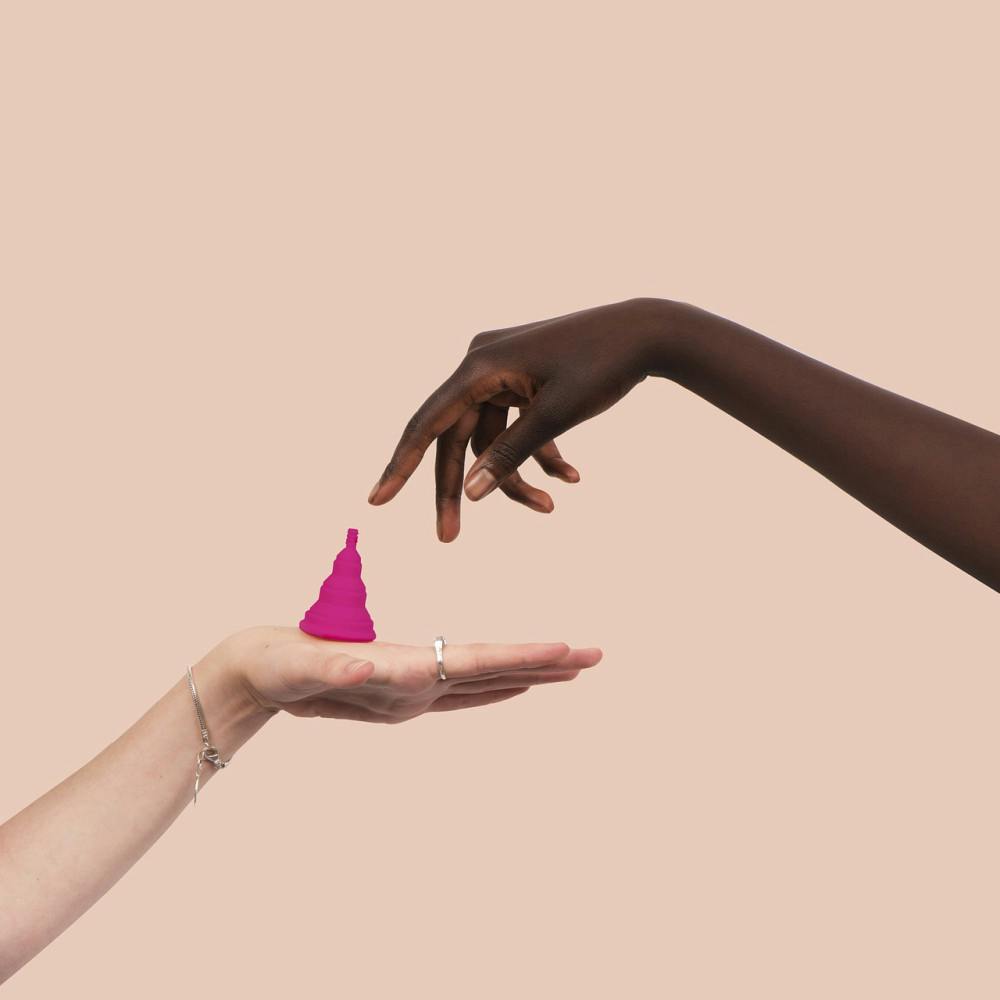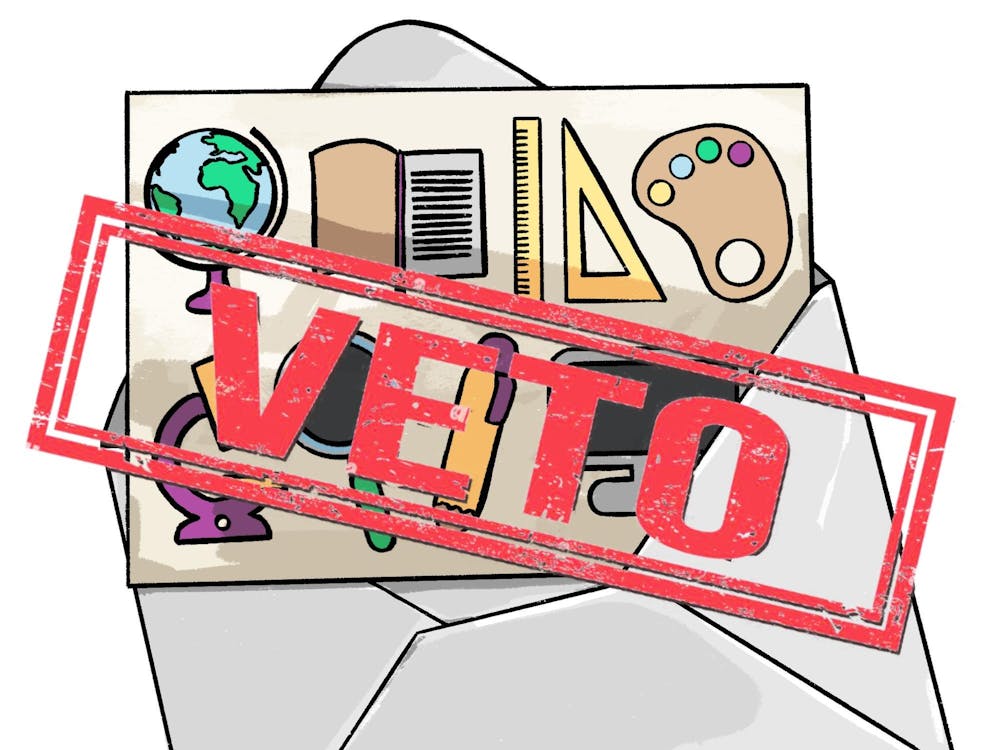By: Brandi Young
For the last year or so, I have been trying to take small steps towards living a more low-waste life. It is something that can’t be done right away in the world we live in. To be able to manage it effectively, small changes in your daily life need to be taken. I have been making those changes, and this last week I have made what I feel to be one of the biggest changes in my lifestyle: I tried a menstrual cup.
It is estimated that the amount of tampons a woman will use in her lifetime is between 11 and 16 thousand. That adds up to over 220,000 tons of unrecycled waste every year, or around 45 billion single-use sanitary products.
Not only is the use of tampons, pads and panty liners extremely wasteful and harmful to the environment, but the products are also harmful for our bodies. Many cotton products contain dioxins, pesticides, micro-plastics and fragrances. This can cause an imbalance in hormone levels in our bodies and increase the risk of cancers. I had many reasons for wanting to make this change, but let's talk about how it actually works and my experience with it.
A menstrual cup is a reusable silicone cup that can be washed and reused whenever. To use it, you insert it like you would a tampon. There are different types of folds you can try because everyone’s bodies are different. The cup is flexible and it can even measure your flow! It suctions to you and creates an airtight seal, which prevents it from moving around.
The brand I bought was Diva Cup. It was purchased at Kroger for under $40. On average, a woman spends between $5,000 and $9,000 on period products in her lifetime. This statistic is based on the idea of 40 years spent menstruating. In this case, that would end up being $125 per year at minimum spent on pads and tampons. To reach this price with menstrual cups, you would need to buy three every year for 40 years. The product is made to last and can be used for many years after you purchase it.
When I first started using the menstrual cup, I was nervous about whether or not I would be able to get it in or out, along with the mess levels that the cup would entail. I will admit that there is a learning curve when making the switch to a menstrual cup. I suggest that you first try using this product when you are not bleeding. This will give you practice putting the menstrual cup in and taking it out. I would also recommend using a panty liner when you start using the product. In my experience, the cup very rarely leaks, but it's harder to notice when it is full compared to when you use a tampon. After I finally got the hang of it, it was like second nature.
One benefit I personally experienced from using it was that my cramps were less painful. UT Health Austin of the University’s Dell Medical School observes this finding as well, for “Many women say that their cramps are more manageable when using a cup because the flexible material moves with uterine contractions instead of pushing back against them.”
I knew beforehand that the cotton products could cause more severe or painful cramps, but I felt like there was nothing I could do about it. Not only is a menstrual cup more comfortable to wear, but it’s also cleaner, and I can wear it longer if I need to. Overall, I think if you are a person who menstruates, this is a product you should invest in. It's good for you, and it's good for the environment.
Cover photo courtesy of Pixabay




